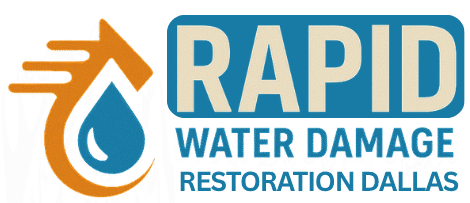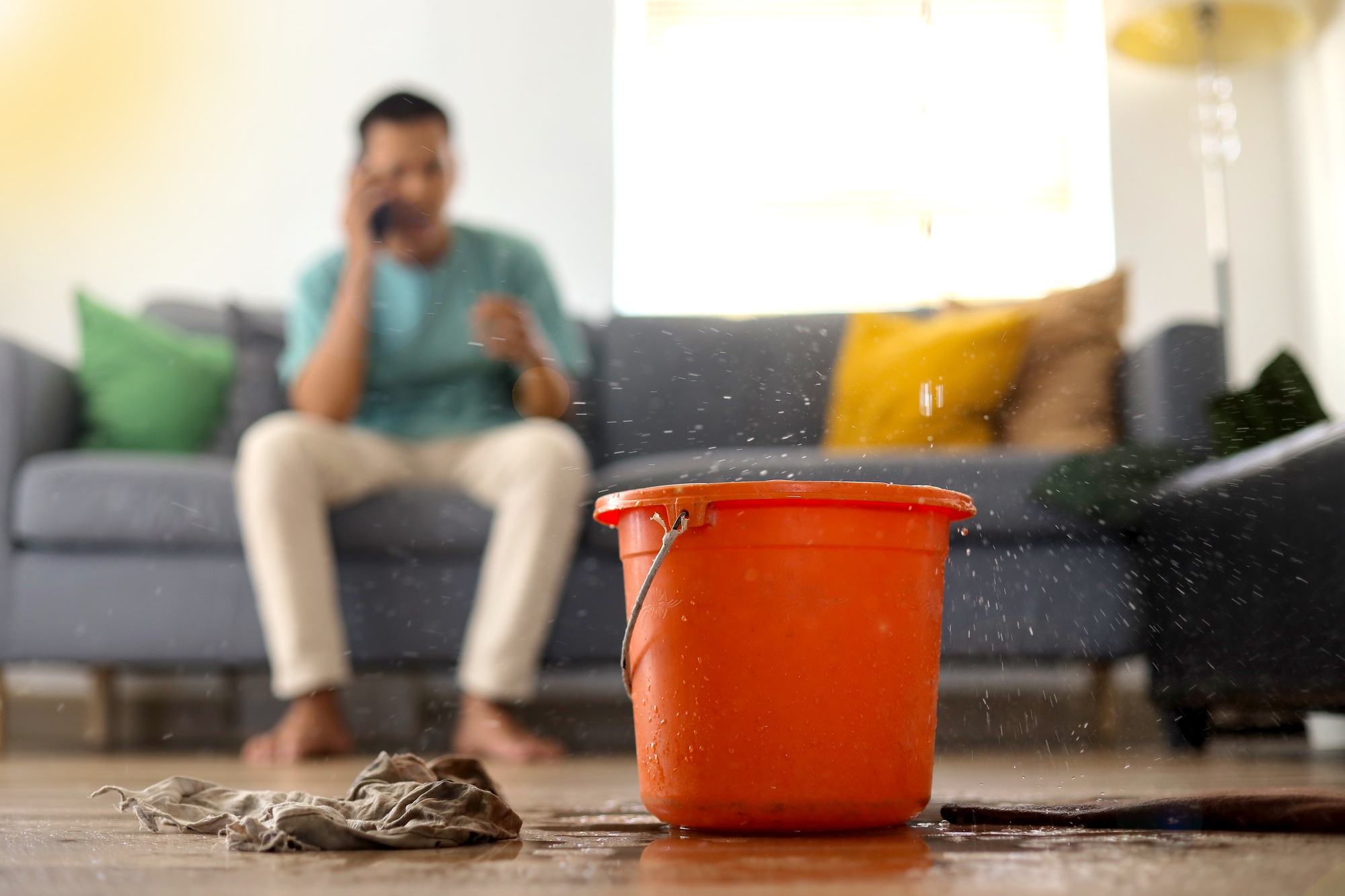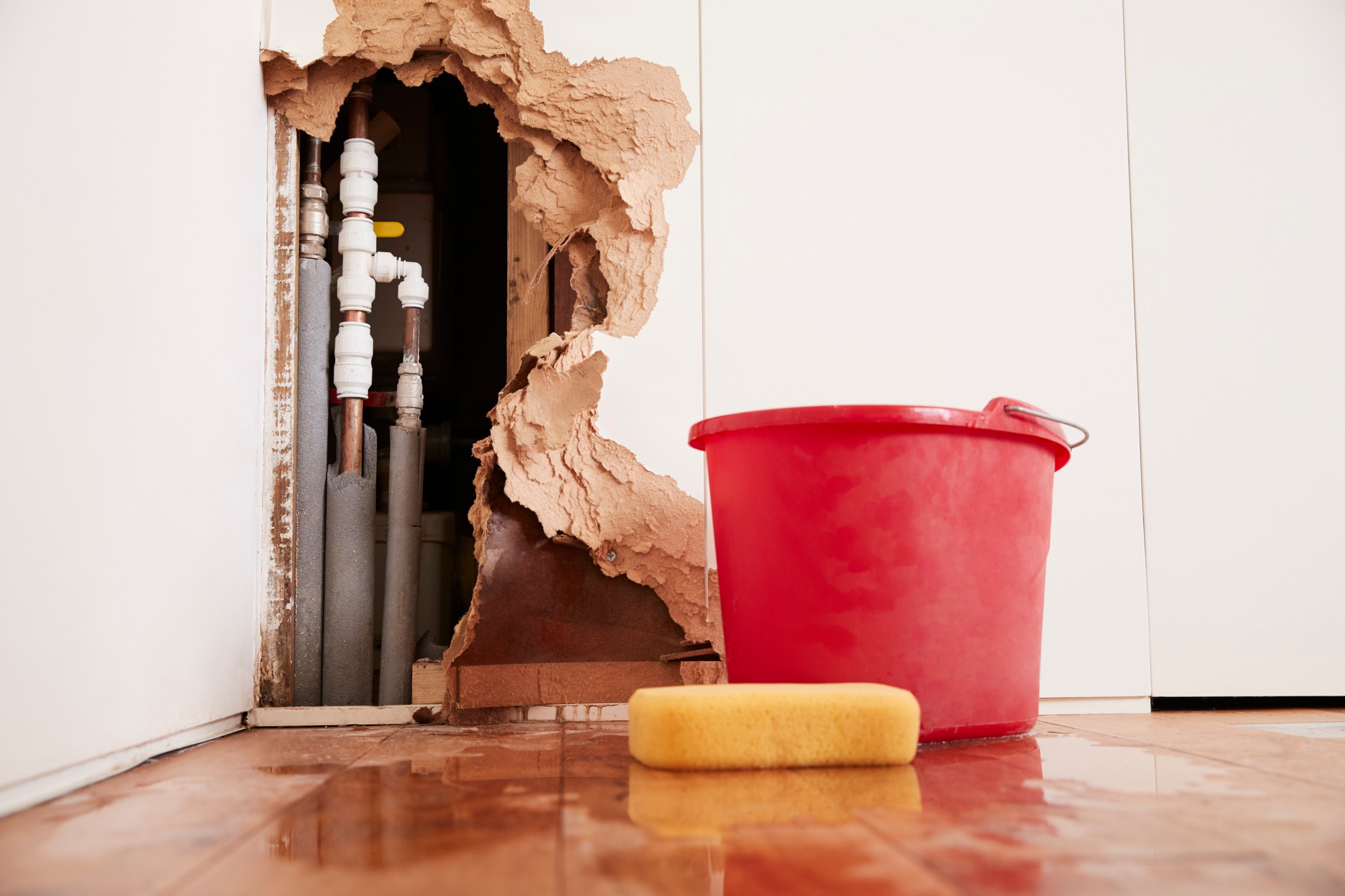Introduction
Floods can happen suddenly—heavy rain, burst pipes, flash floods, sewer back-ups—and before you know it, your home or business in Dallas is dealing with water where it shouldn’t be. Delaying flood damage cleanup can cost you more than just property—it can lead to health risks, structural damage, and lasting issues like mold.
This blog will help you understand:
- The risks of leaving flood damage untreated
- What to do immediately after flood damage happens
- How professionals handle flood damage cleanup
By the end, you’ll know why acting fast is essential and what the process involves. To see more on what effective cleanup looks like, check our service page: Flood Damage Cleanup or reach out via our Contact Us page if you need help now.
What Happens When Flood Damage Is Left Untreated
Flood damage isn’t just water on the floor. Here are the silent dangers:
Structural Weakening
- Water soaks into drywall, wood beams, flooring and foundations
- Over time, materials warp, rot, or shift
- Hidden moisture behind walls can lead to collapse or serious repair work
Mold, Mildew & Health Risks
- Mold spores grow rapidly once moisture lingers—24-48 hours is all it takes
- Respiratory problems, allergies, and infections become risks
- Contaminated water (sewage, river flooding) increases risk of disease
Air Quality Deterioration
- Musty smell that’s hard to remove
- Increased humidity causes discomfort, can damage electronics and fabrics
- Indoor air pollution from airborne mold or toxins
Loss of Value & Contents
- Furniture, electronics, personal documents get damaged
- Flooring, carpets often need replacement
- Long-term damage lowers property value
Immediate Steps After Flood Damage
Time is of the essence. These are the first moves you should make:
- Safety First
- Shut off electricity if safe
- Avoid areas where ceilings are sagging or walls are wet and possibly unstable
- Use protective gear if water is heavily contaminated
- Stop the Water Source (If Possible)
- Fix burst pipes, close valves
- Block entries or overflows
- Document Everything
- Photos and videos before cleanup begins
- Record damage to walls, floors, furniture
- Call In Professionals
- Experts can provide proper water extraction, drying, sanitization, restoration
- They have specialized tools and knowledge
- Move Valuables & Salvage what You Can
- Remove furniture, electronics, personal items to dry areas
- Take out wet rugs, cushions, etc., to reduce moisture retention
These steps are the beginning of a full cleanup process. For a full picture of how this works from start to finish, see our detailed walkthrough at Flood Damage Cleanup.
How Professionals Clean Up Flood Damage: Step by Step
Knowing what the professionals will do helps you monitor progress and know what to expect.
| Phase | What Happens | Why It Matters |
|---|---|---|
| Initial Assessment | Technicians evaluate source, category of water (clean / gray / black), identify structural damage, categorize affected materials. | Ensures proper safety measures, targets cleanup efforts efficiently. |
| Water Extraction | Use of industrial-grade pumps and wet vacuums. Removing standing water & water absorbed by carpets, upholstery. | Speeds up drying, reduces risk of mold and lingering moisture. |
| Drying & Dehumidification | Air movers, dehumidifiers, thermal imaging to find hidden moisture. | Prevents warping, rot, mold development. |
| Cleaning & Sanitizing | Use of disinfectants, deodorization, addressing contaminants especially if water was dirty (“gray” or “black”). | Protects health, removes odors, prevents long-term damage. |
| Restoration & Repair | Replace damaged sections: drywall, flooring; repair structure, finish surfaces. | Brings property back to usable state. |
| Final Verification | Moisture meters, visual inspections. Walkthrough with you. | Confirms all repairs done, safe environment restored. |
Why Acting Fast Is the Best Decision
- Minimize financial loss: Repair costs rise dramatically if damage is allowed to spread.
- Health protection: Early cleanup reduces exposure to mold, bacteria, and allergens.
- Preserve structure & contents: Some items can be saved if action is swift.
- Peace of mind: Knowing you’ve taken the right steps reduces stress.
If you’re facing flood damage now, don’t wait. You can Contact Us right away to start the cleanup process professionally.
Conclusion
Flood damage is a serious challenge—but one that demands swift, thoughtful action. By understanding the risks, taking immediate steps, and letting professionals handle the cleanup and restoration, you protect your health, your property, and your peace of mind.
For more details on the cleanup process or to discuss your specific situation, our Flood Damage Cleanup page walks through everything. When you’re ready, reach out through our Contact Us form to get help fast.



